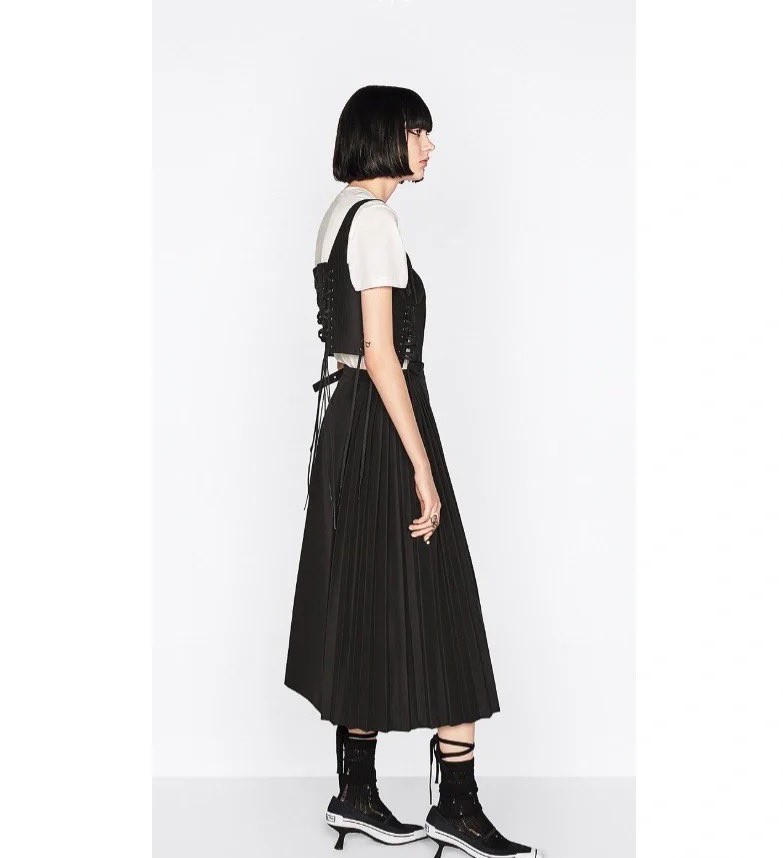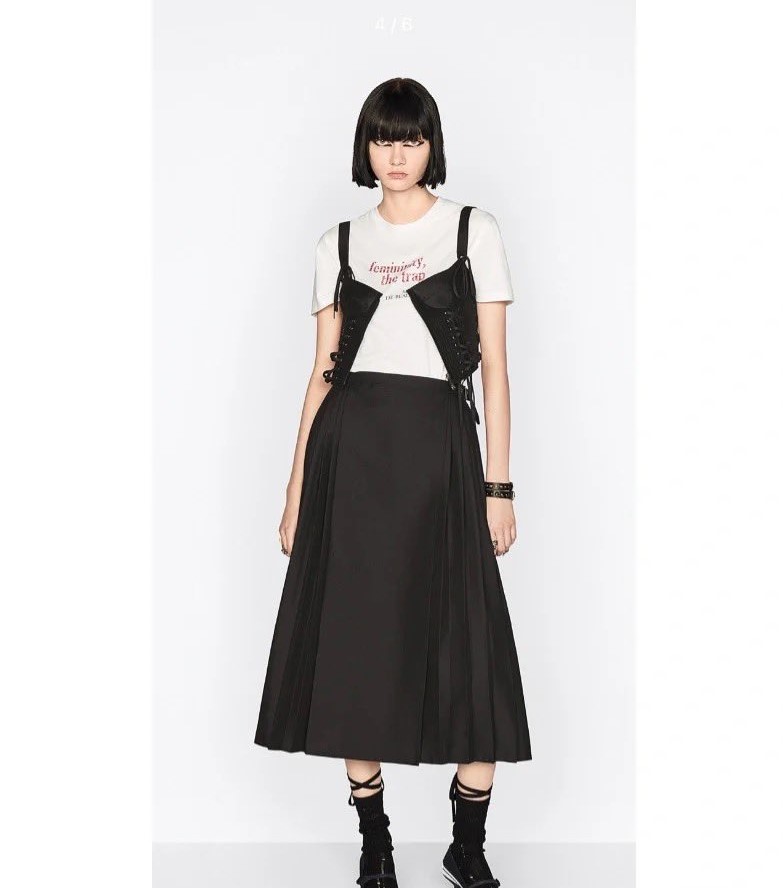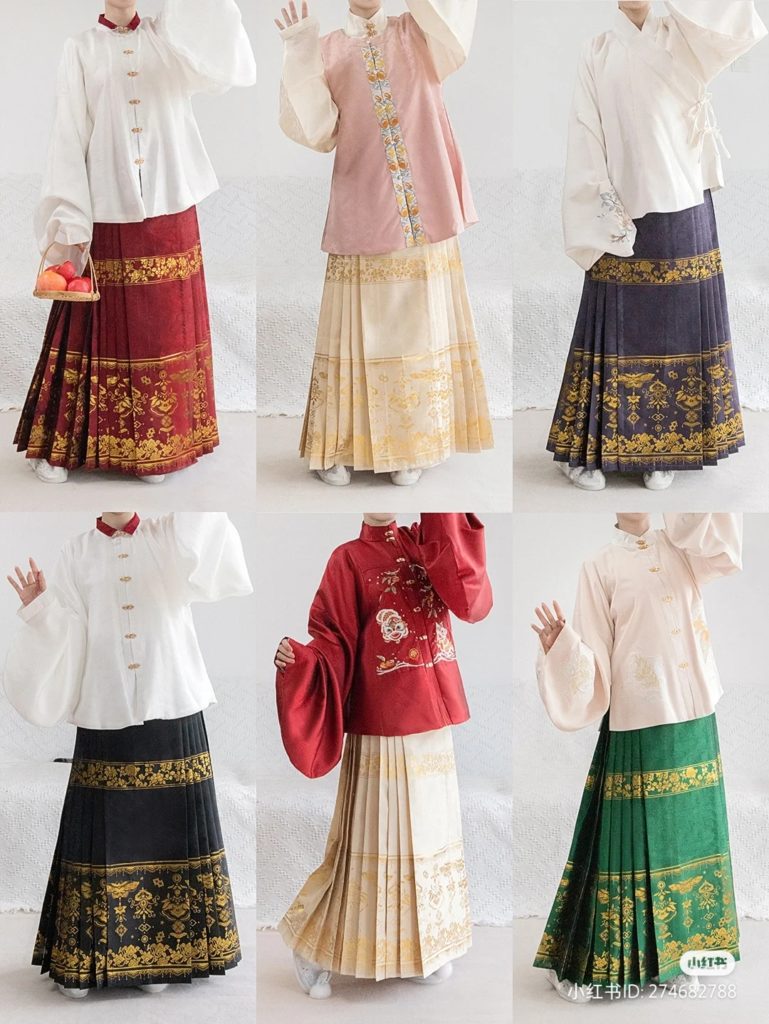The French luxury label Dior is in a pickle after being accused of appropriating the traditional Chinese skirt worn by women in the Han dynasty. Known as Mamianqun, or literally translated as “Horse Face [Pleated] Skirt”, it is composed of two overlapping fabrics which wraps around the lower body. The apron-like dress originated in the Song and Liao dynasties and regained popularity in the 21st century amid China’s Hanfu sensation.



The black skirt priced at 29,000 RMB ($4,300) is one of Dior’s designs from its 2022 Autumn Collection, which bears a high resemblance to the traditional Chinese dress. But what really landed the global label in hot water is the product specification which describes the design as “an iconic Dior silhouette”.
This description was soon called out by savvy Chinese Internet users on 15 July, propelling hashtags such as “Dior Plagiarism” to draw in over 470 million views on China’s largest microblogging website Weibo as of 18 July. Public anger flooded the online space with some criticising Dior for “copying China’s traditional culture and trying to sell it to Chinese consumers” and others have even called on the propaganda department to take action and defend the legal rights of Chinese tradition.
On the other hand, rationale has been shown with some pointing out that it’s more about taking traditional Chinese designs and staking a claim to it, rather than plagiarism. “The act of a Western fashion house such as Dior taking inspiration from (or directly using) sartorial styles from other cultures is not new,” wrote a Weibo user with a focus on Chinese Hanfu culture, “It is also, in my opinion, not necessarily wrong – if due credit is given to the culture(s) that served as a reference for the styles. I do not believe that a historic fashion house like Dior is unaware of the existence of Mamianqun.”
Although Dior has not officially responded to the public accusations as of publication, the controversial product has been seen to be removed from the brand’s official Chinese website and customer service said, “no relevant information is available on the website at the moment”, in response to a media query by the Chinese media outlet Jimu News. However, the skirt in question is still listed on Dior’s overseas website.
The latest episode has once again shown the strong culture confidence amongst China’s younger generations, which is fanned by the Guochao phenomenon (a movement that combines modern designs with traditional Chinese elements). Such a sentiment has been reinforced by China’s push for developing traditional culture, therefore, bringing about an increased awareness of safeguarding the country’s cultural heritage.
As a result, young Chinese also appear to be more sensitive to the application of Chinese culture in brands’ activities. Consequently, brands are under closer public scrutiny, and thus, are advised to be more cautious when taking steps to adapt local culture to cater to their target audience.









